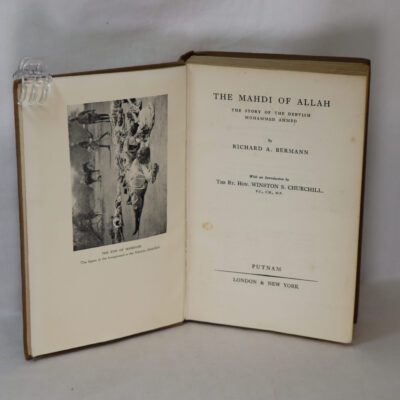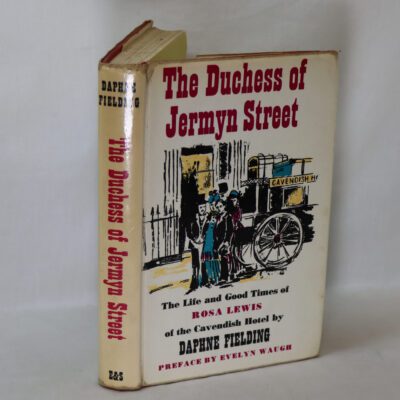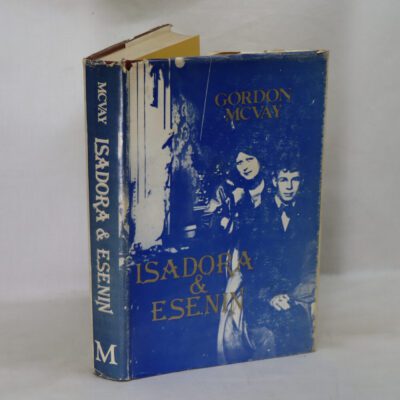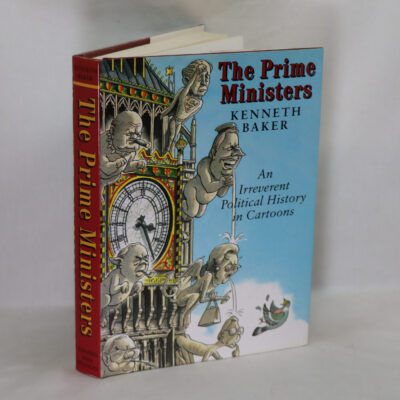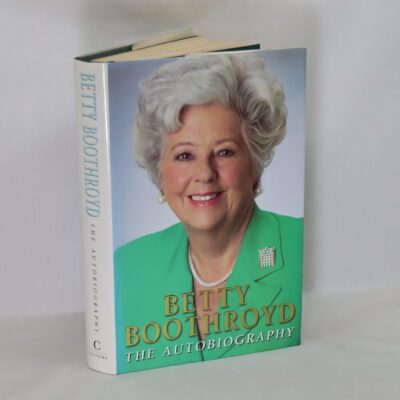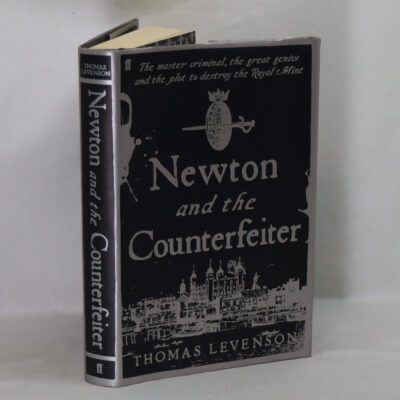Lost Earth.
By Philip Callow
ISBN: 9781461724438
Printed: 1995
Publisher: Ivan R Dee. Chicago
| Dimensions | 17 × 24 × 4 cm |
|---|---|
| Language |
Language: English
Size (cminches): 17 x 24 x 4
Condition: Fine (See explanation of ratings)
Your items
Item information
Description
In the original dustsheet. Beige cloth spine with gilt title. Orange boards.
-
F.B.A. provides an in-depth photographic presentation of this item to stimulate your feeling and touch. More traditional book descriptions are immediately available.
Only now can we see Paul Cézanne as the invisible genius at the very inception of modern art. Recent exhibitions of his early works reveal an artist very different from the serene landscapist we thought we knew. What was it that made these disturbingly dark and troubled paintings, with their violence and psychological truth, as important to him as, later, his huge series of bathers, an obsession with the nude that continued to the end? With the last full-length biography written more than a quarter century ago, the demand for a new life of Cézanne has never been greater. In Lost Earth, Philip Callow delivers it brilliantly. Using contemporary sources, exceptional biographical skills, and a poetic prose, Callow finds beneath an outwardly uneventful life a wealth of anguish and bitter struggle to overcome personal inadequacies and the insults of the critical community. For all of Cézanne’s weakness and despair, Lost Earth is the story of a transcendent artist who was passionately committed to a tradition he would one day transform. Callow examines with fresh insights Cézanne’s profound friendship with Émile Zola, his ingrained fear of women, his love of the outdoors that enabled him to paint the universe in an apple. Lost Earth gets to the heart of the great painter. With 8 pages of photographs and color plates.
Paul Cézanne (19 January 1839 – 22 October 1906) was a French Post-Impressionist painter whose work introduced new modes of representation and influenced avant-garde artistic movements of the early 20th century. Cézanne is said to have formed the bridge between late 19th-century Impressionism and early 20th century Cubism.
While his early works are still influenced by Romanticism – such as the murals in the Jas de Bouffan country house – and Realism, Cézanne arrived at a new pictorial language through intensive examination of Impressionist forms of expression. He altered conventional approaches to perspective and broke established rules of academic art by emphasizing the underlying structure of objects in a composition and the formal qualities of art. Cézanne strived for a renewal of traditional design methods on the basis of the impressionistic colour space and colour modulation principles. Cézanne’s often repetitive, exploratory brushstrokes are highly characteristic and clearly recognizable. He used planes of colour and small brushstrokes that build up to form complex fields. The paintings convey Cézanne’s intense study of his subjects. Both Henri Matisse and Pablo Picasso are said to have remarked that Cézanne “is the father of us all”.
His painting provoked incomprehension and ridicule in contemporary art criticism. Until the late 1890s it was mainly fellow artists such as Camille Pissarro and the art dealer and gallery owner Ambroise Vollard who discovered Cézanne’s work and were among the first to buy his paintings. In 1895, Vollard opened the first solo exhibition in his Paris gallery, which led to a broader examination of the artist’s work.
Want to know more about this item?

Share this Page with a friend




